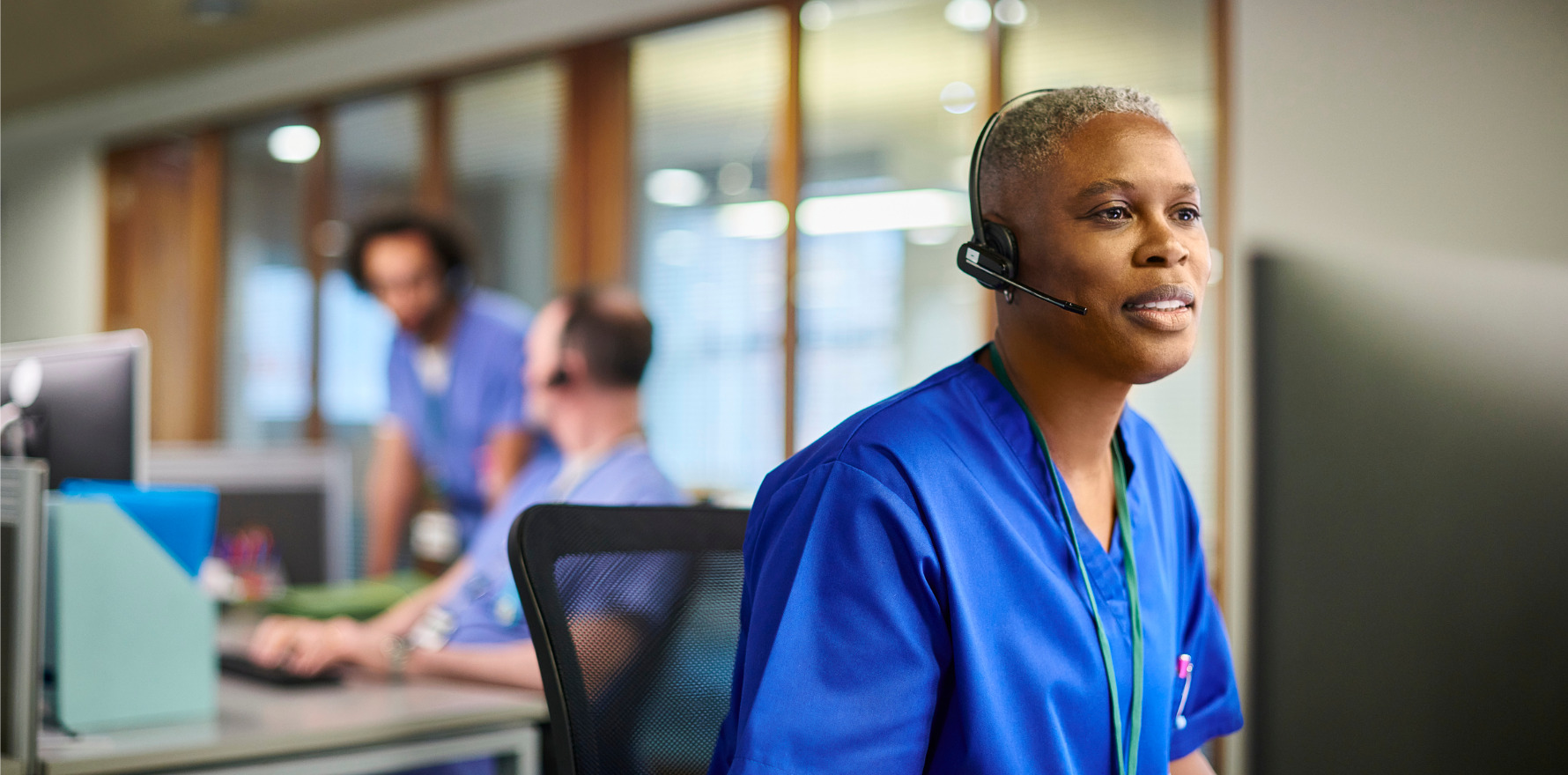Healthdirect’s model was cost-effective, efficient and, most importantly, people liked it, CSIRO research finds.
Healthdirect’s National Coronavirus Helpline directed people who didn’t need to be in emergency departments to more appropriate care, saving money, time and frustration, research says.
Healthdirect Australia operated the 24/7 hotline, together with the federal government, for people who tested positive to covid, between 2019 and 2023.
It assessed and triaged callers and provided advice about whether they could manage themselves, get help from a GP, or go to hospital. Calls were answered by nurses and non-clinicians trained to assess and triage callers based on their answers to specific questions.
It was part of a program that also included a GP secure messaging service and a website providing information about symptoms, treatment and further support options like food delivery.
The research, published in Health Marketing Quarterly, analysed data from 329 survey responses and 94,494 calls between May and October 2022, from covid-positive adults in South Australia and Queensland who were not advised to call 000. They had registered a positive test and received a text directing them to call the hotline. The majority were English-speaking, just over half were aged 55-74, and three-quarters were from metro areas. Of these, 22% lived alone and 53% didn’t have children at home.
The average length of calls was seven minutes and 13 seconds. Most calls were answered within 48 seconds, only 4% of calls were abandoned, and 71% of those surveyed rated their satisfaction as high or very high (eight out of 10 or higher), although it was noted that “ambiguities in triage protocols occasionally led to confusion in care recommendations”.
Importantly, the hotline seemed to have changed callers’ behaviour.
“Consumers accessing healthcare services that do not align with their clinical needs or urgency is a significant factor contributing to the strain on health systems globally,” the authors of the study wrote.
“This behaviour, often referred to as ‘inappropriate care seeking’, occurs when individuals utilise healthcare services that are mismatched to the level of urgency or severity of their condition.”
The study found a 35% increase in the number of people who managed their illness at home (compared to what they say they would have done if they hadn’t called), a 12% reduction in hospital visits and a 5% decrease in 000 calls.
The survey results showed that 37 emergency department visits were avoided among those respondents alone, which when scaled and applied to the number of hotline calls lifted the number to 1363 emergency department visits potentially avoided, the researchers said.
According to Australian research quoted in the study, between 8% and 40% of emergency department presentations could be managed in primary care. There were many reasons why people mistakenly went to emergency, including thinking that their condition was very serious and also having no alternative.
“These studies highlight the need to develop solutions to support the careful use of limited health resources and divert consumers to appropriate avenues for receiving care,” the authors wrote.
Services like the National Coronavirus Helpline have proven themselves to be one such solution, they said.
“This paper shows that the pandemic brought into sharp focus the advantage of delivering health at a distance. Consumer responses reveal that telehealth can deliver trusted advice that positively influences health-seeking behaviour. The paper also shows the potential scalability of telehealth as a centralised entry point to the health system during a pandemic and beyond,” said lead researcher Dr Alana Delaforce, who is from the CSIRO’s Health Implementation Science branch.
The authors emphasised that it was important people felt confident with these kinds of brief interventions, so that they would use them.
“Clearly articulating the specific benefits and functionalities of the specific service can help consumers make informed choices and drive traffic to the health service or helpline. Health marketers should develop tailored messages that address the unique attributes of telephone triage, such as rapid response and general health guidance, distinct from the comprehensive care provided in telehealth consultations.”
One of the things that “did not work well” was “limited outreach and engagement with underserved populations, highlighting systemic barriers to access”.
Vulnerable groups needed better access through targeted outreach, the authors said. And those ambiguities with triage protocols needed fixing too, they said.
Continuing these kinds of interventions was worthwhile, the research concluded.
And Healthdirect Australia agreed.
“This research reinforces what we experienced firsthand during the pandemic – that virtual health services, when built on trusted infrastructure, can meaningfully shift health-seeking behaviours and ease pressure on traditional health settings,” said chief operations officer Adjunct Associate Professor Travis Hodgson.
“We’re now taking those learnings forward and embedding them into the next generation of virtual healthcare delivery.”


